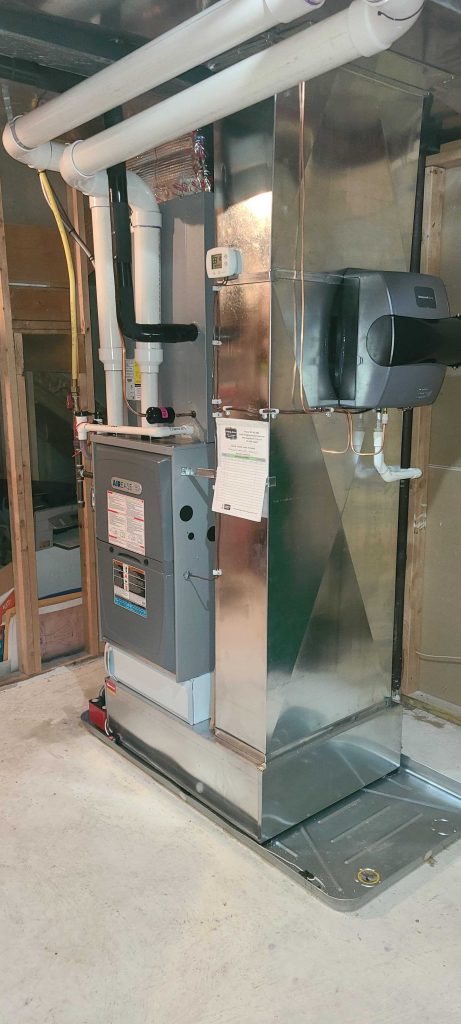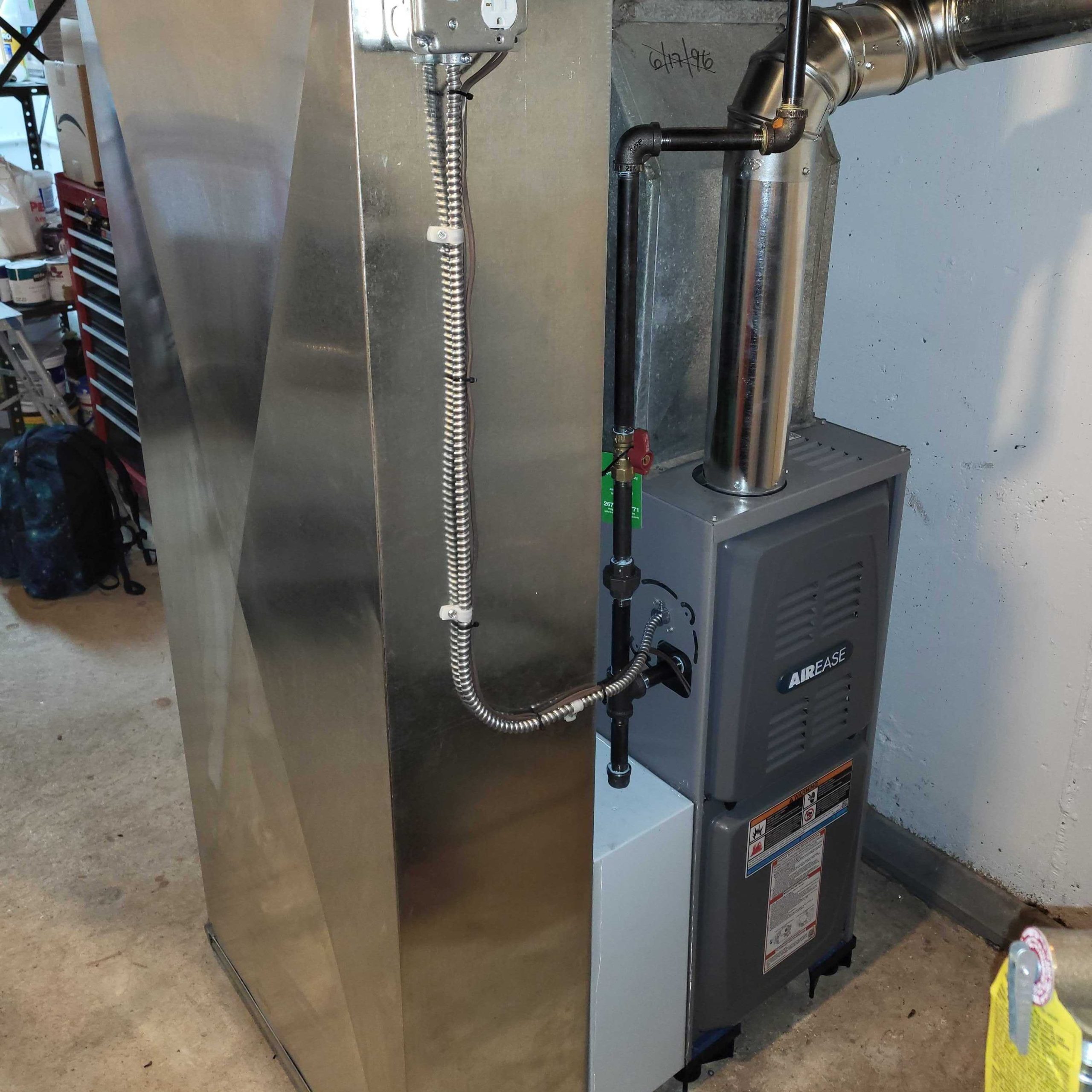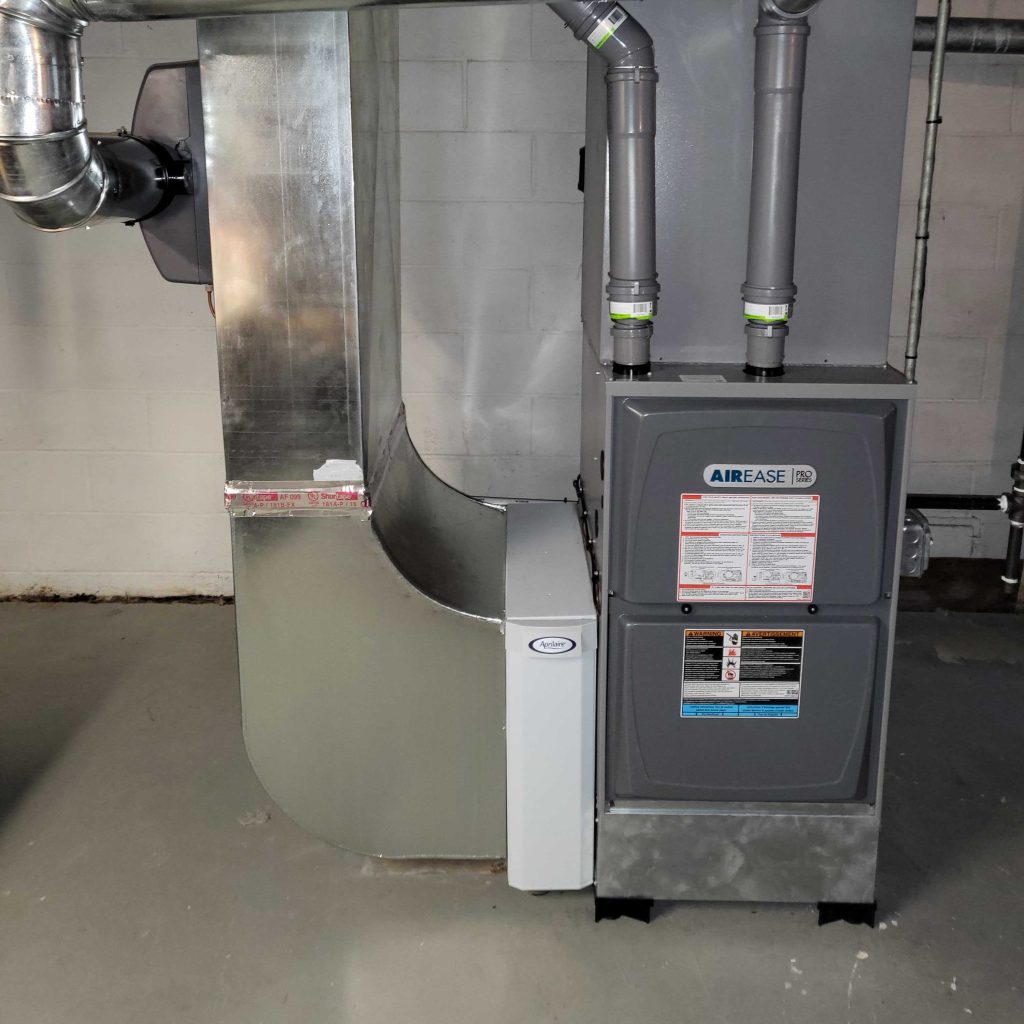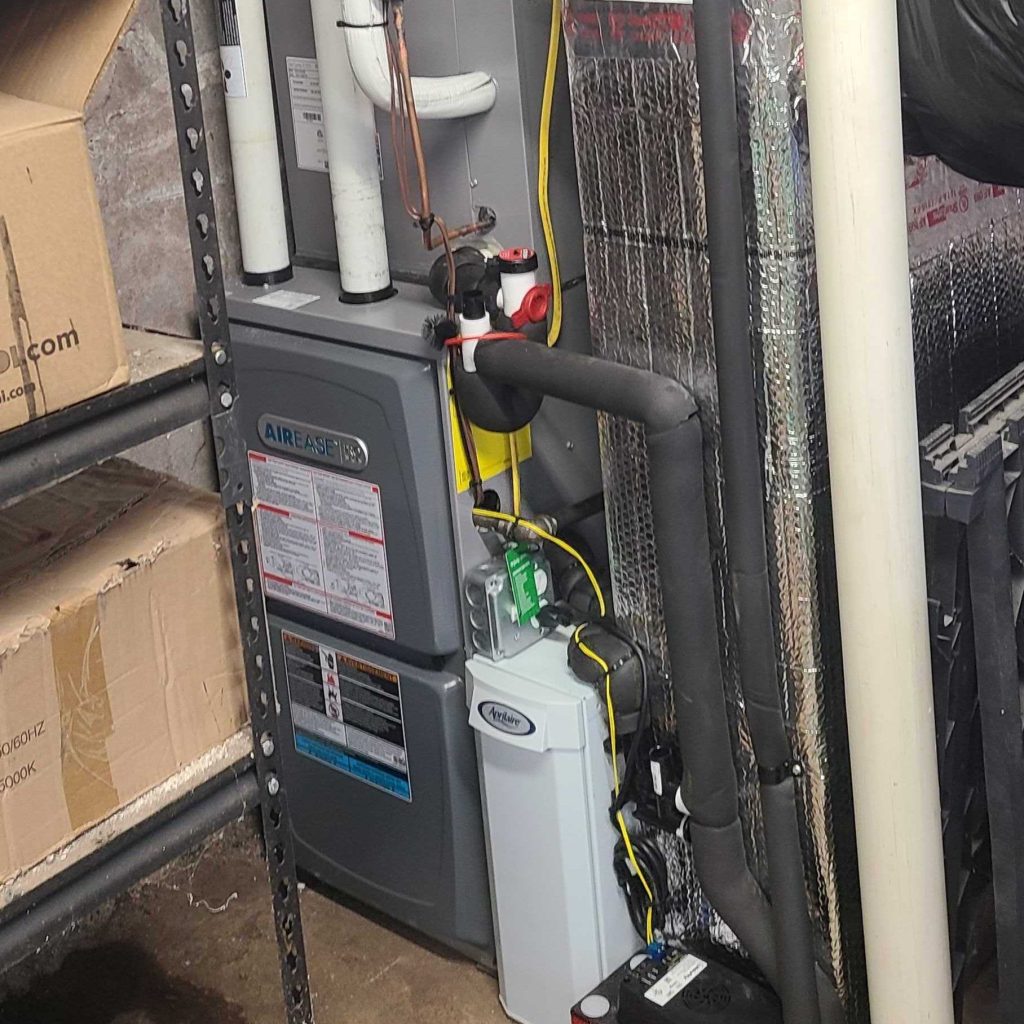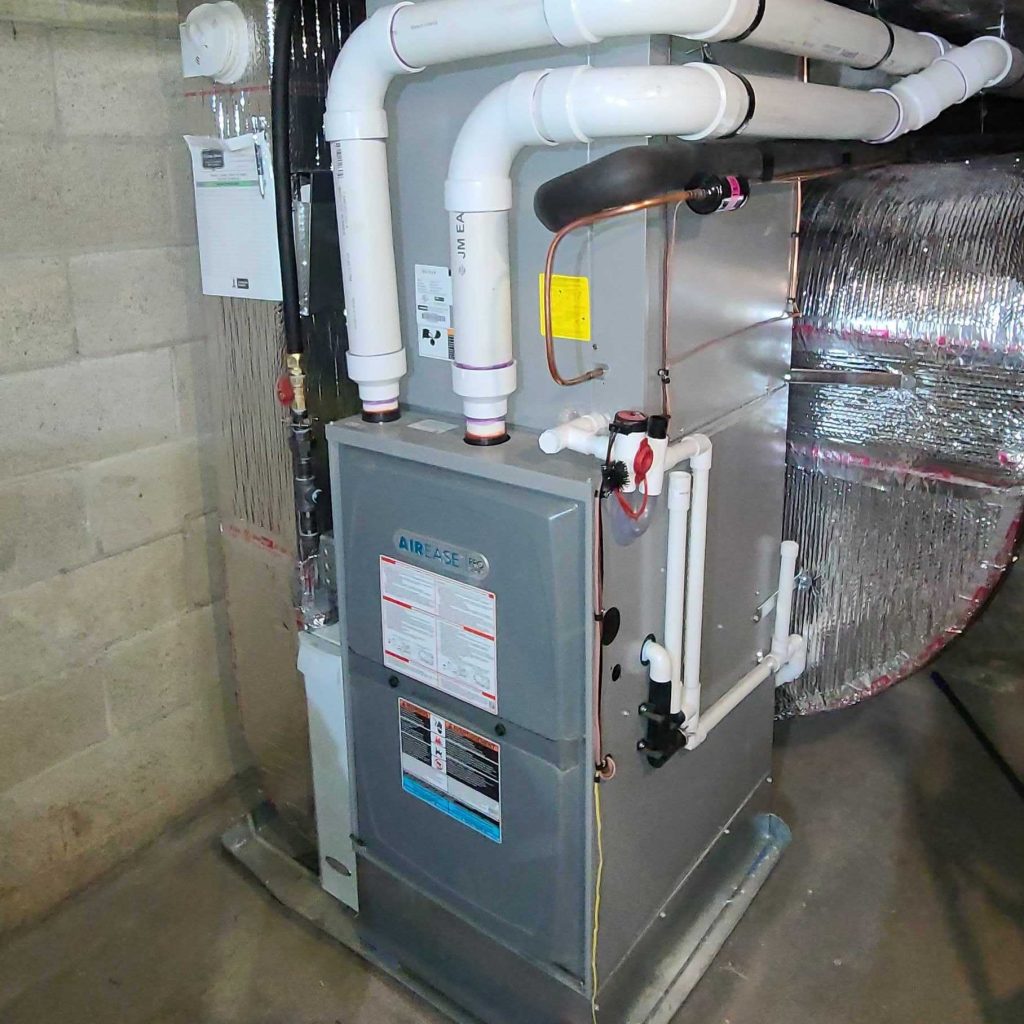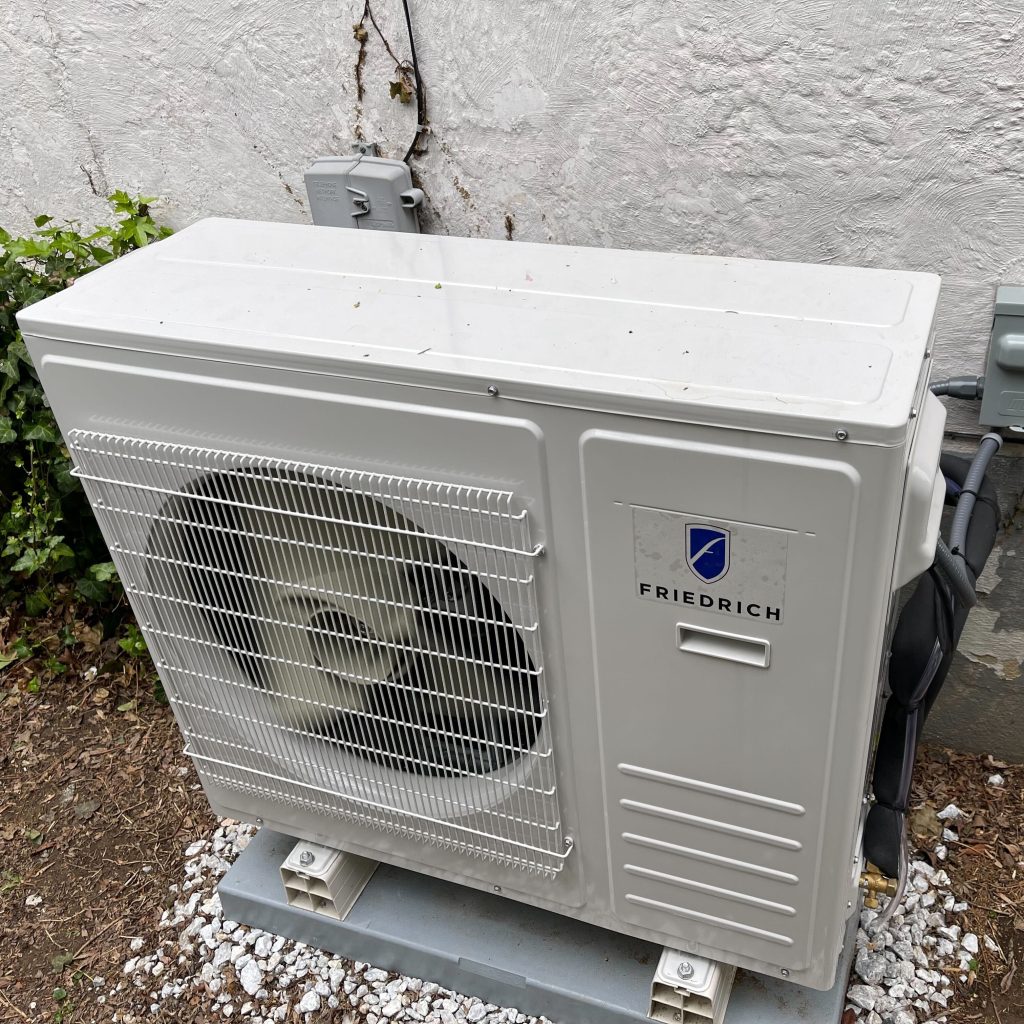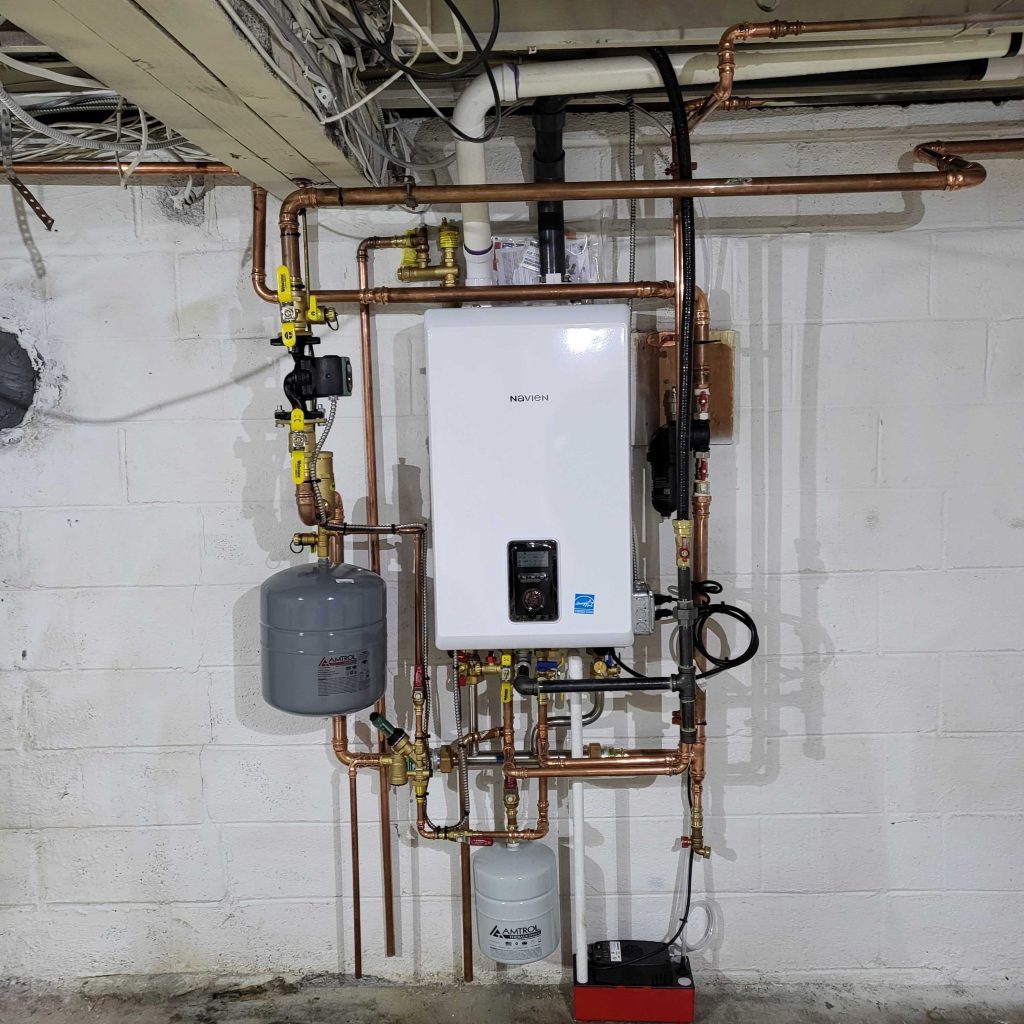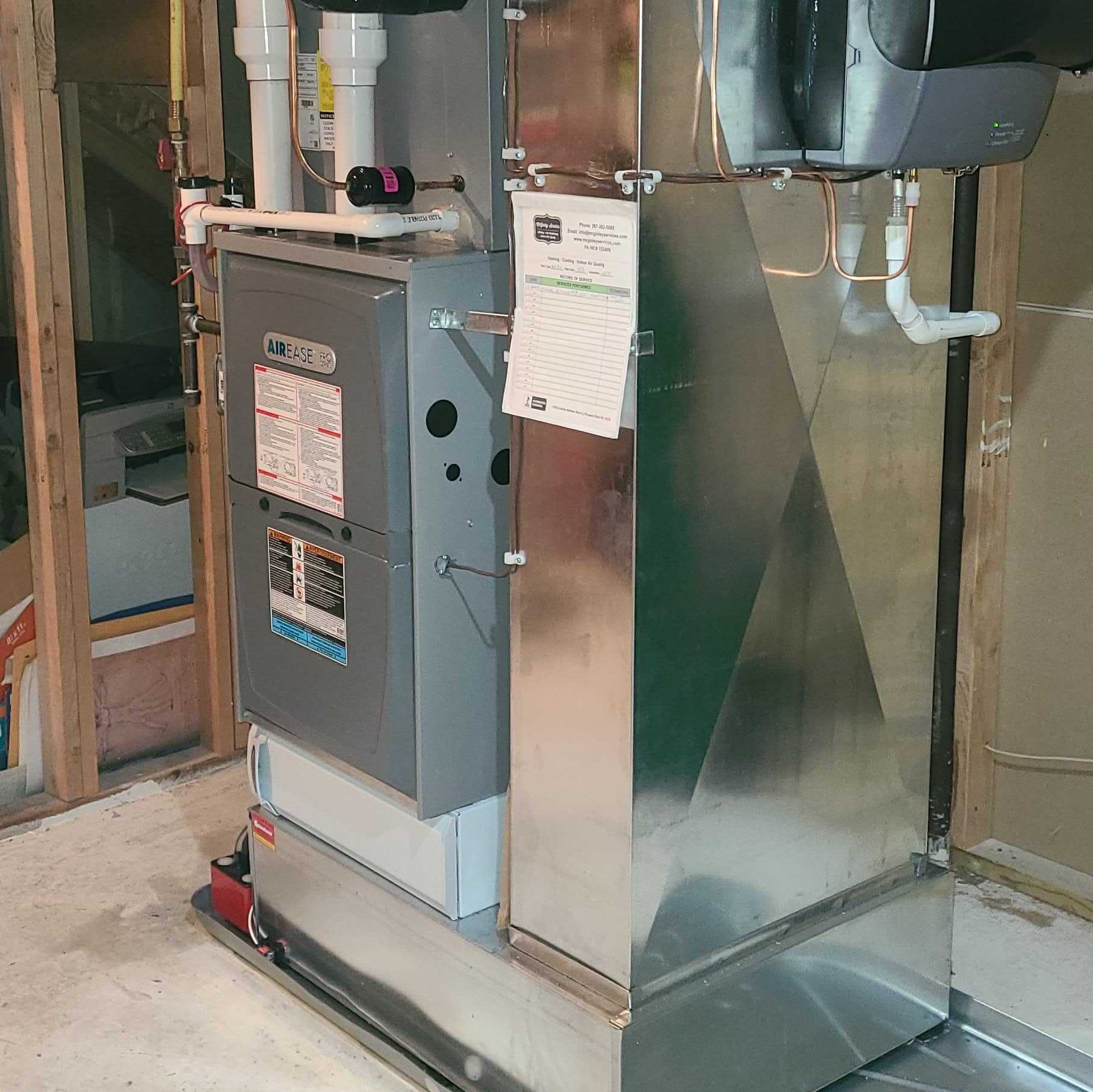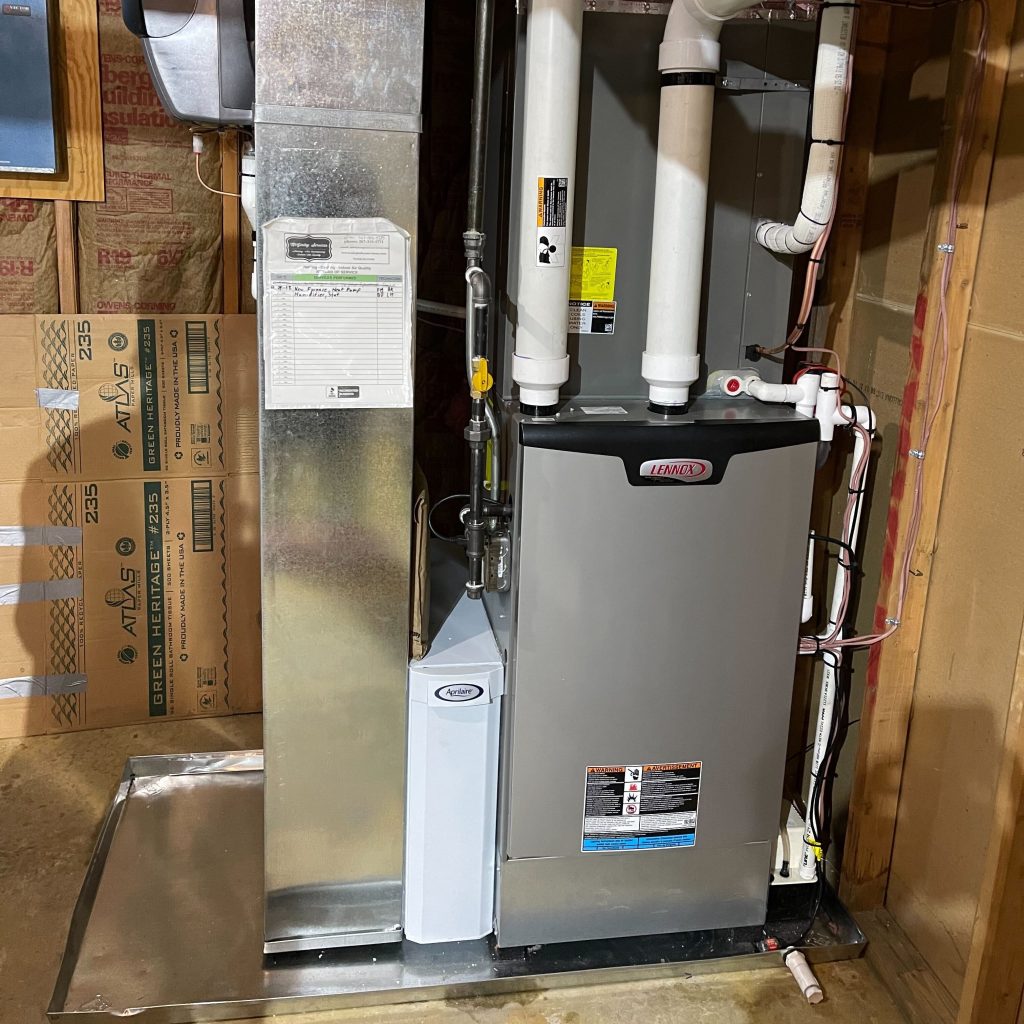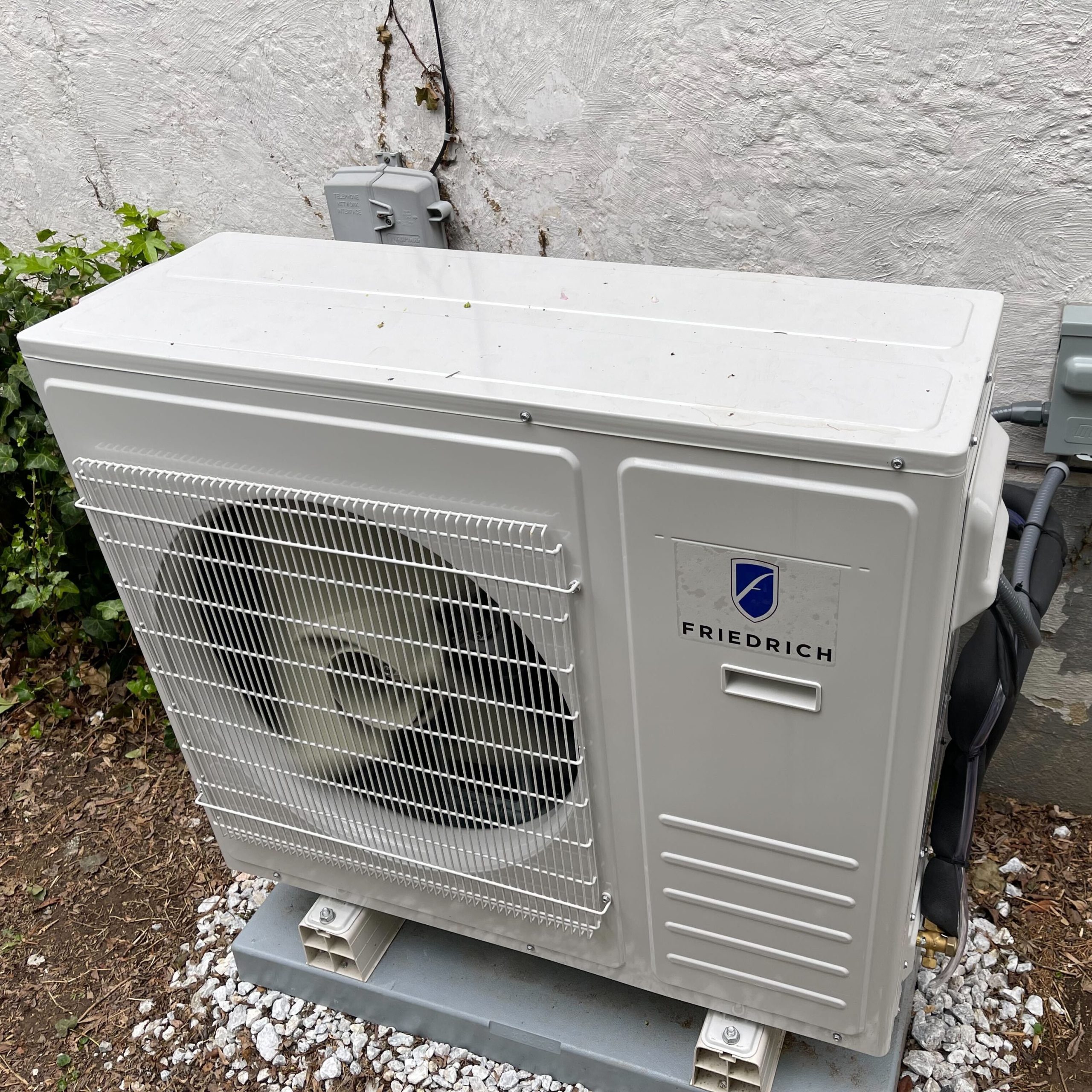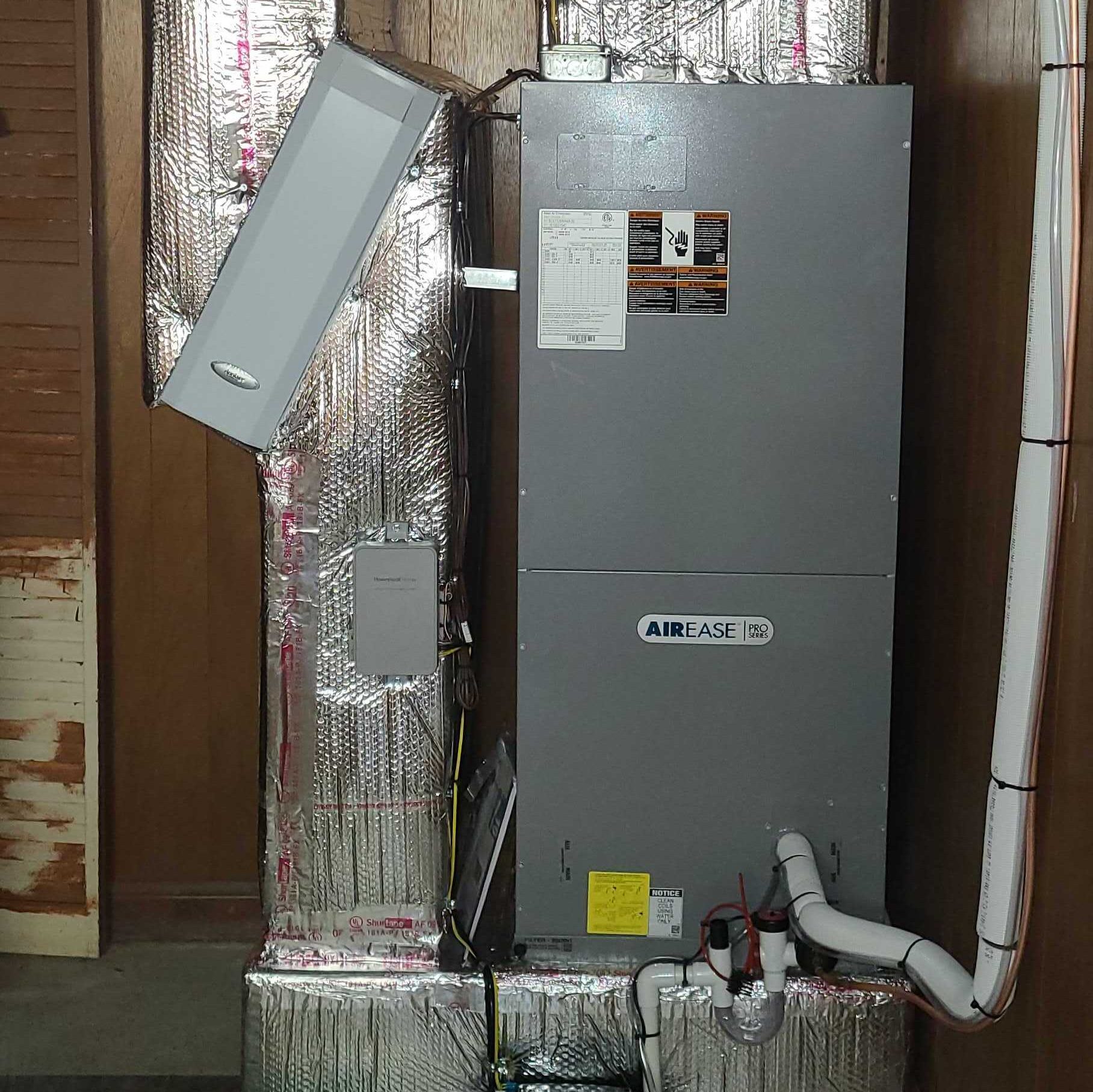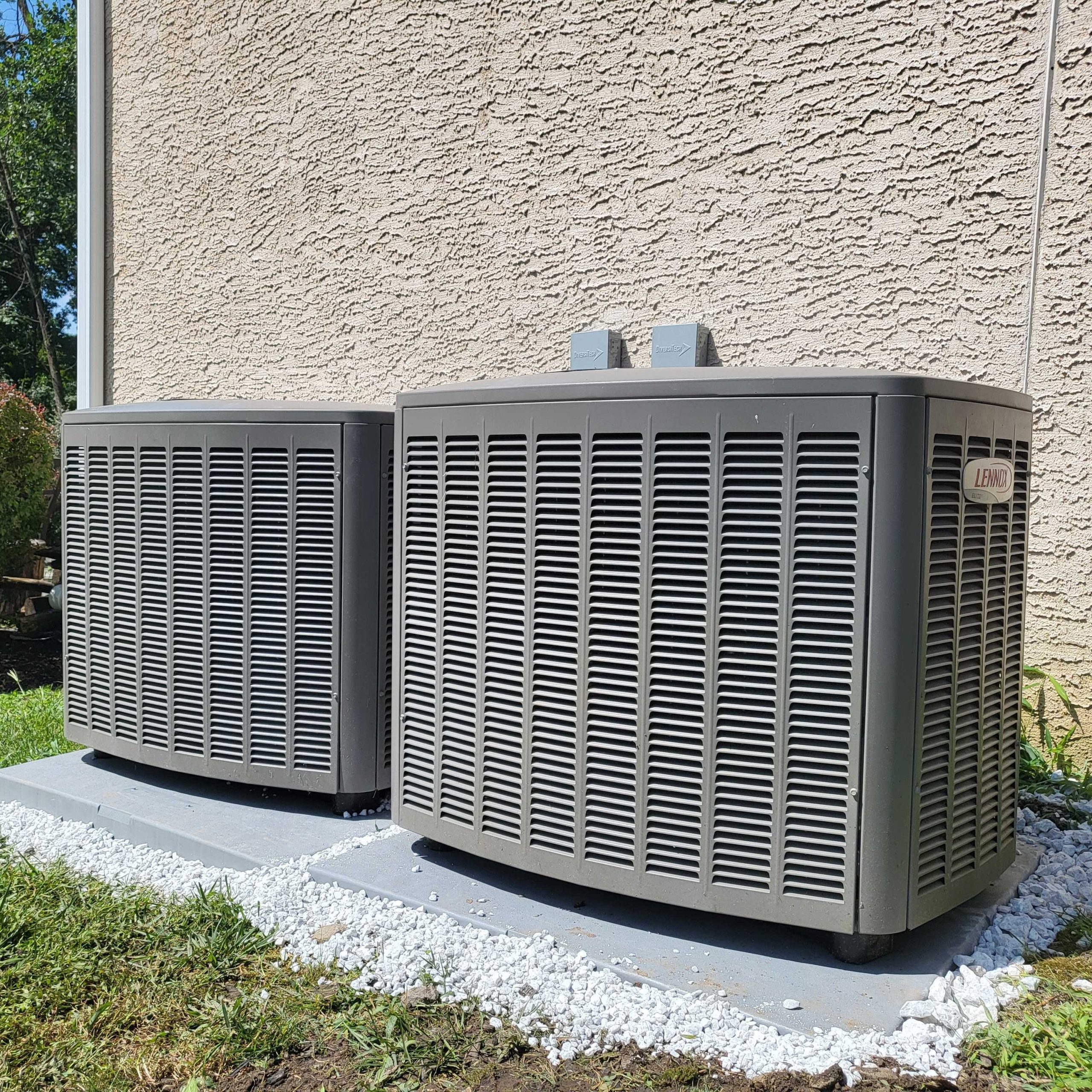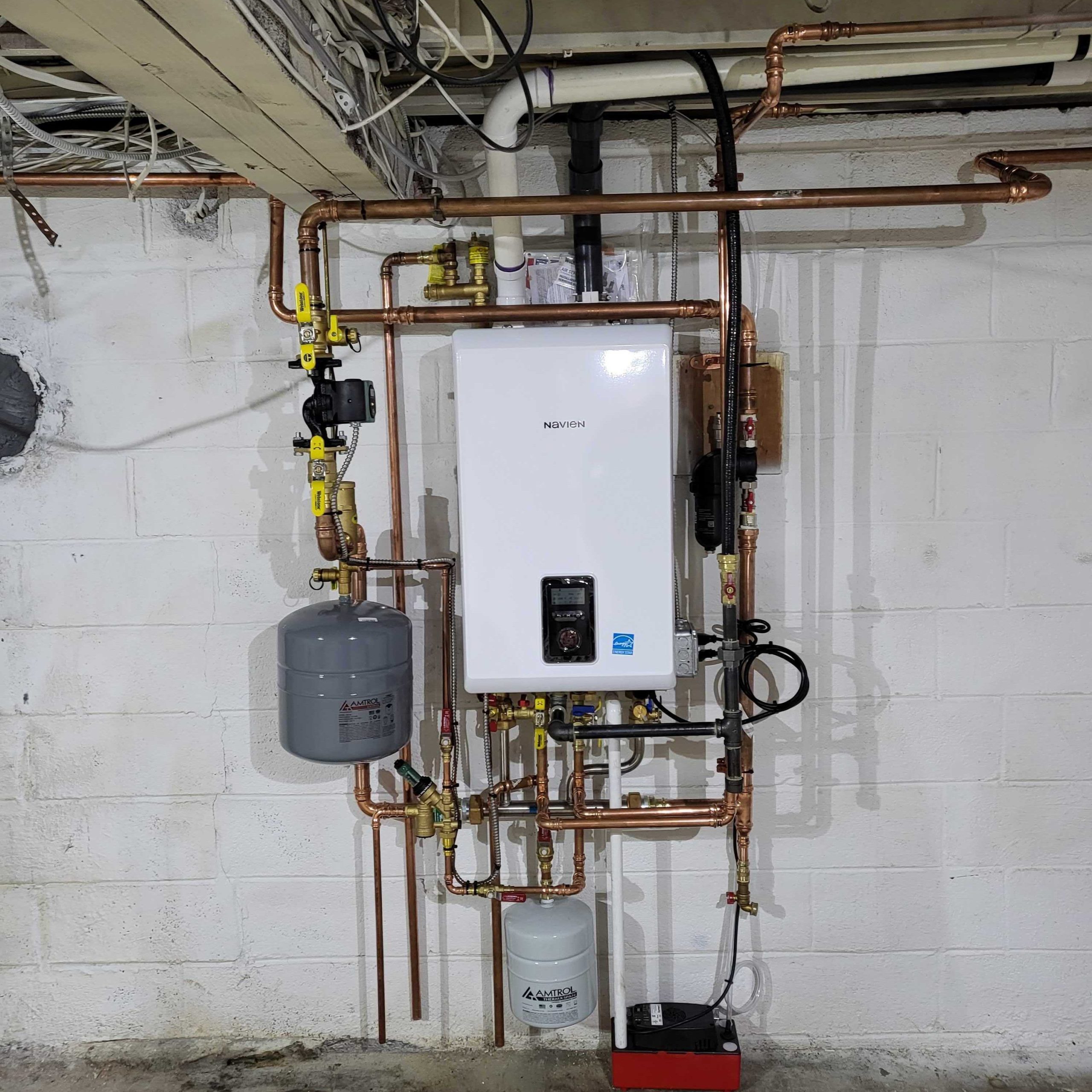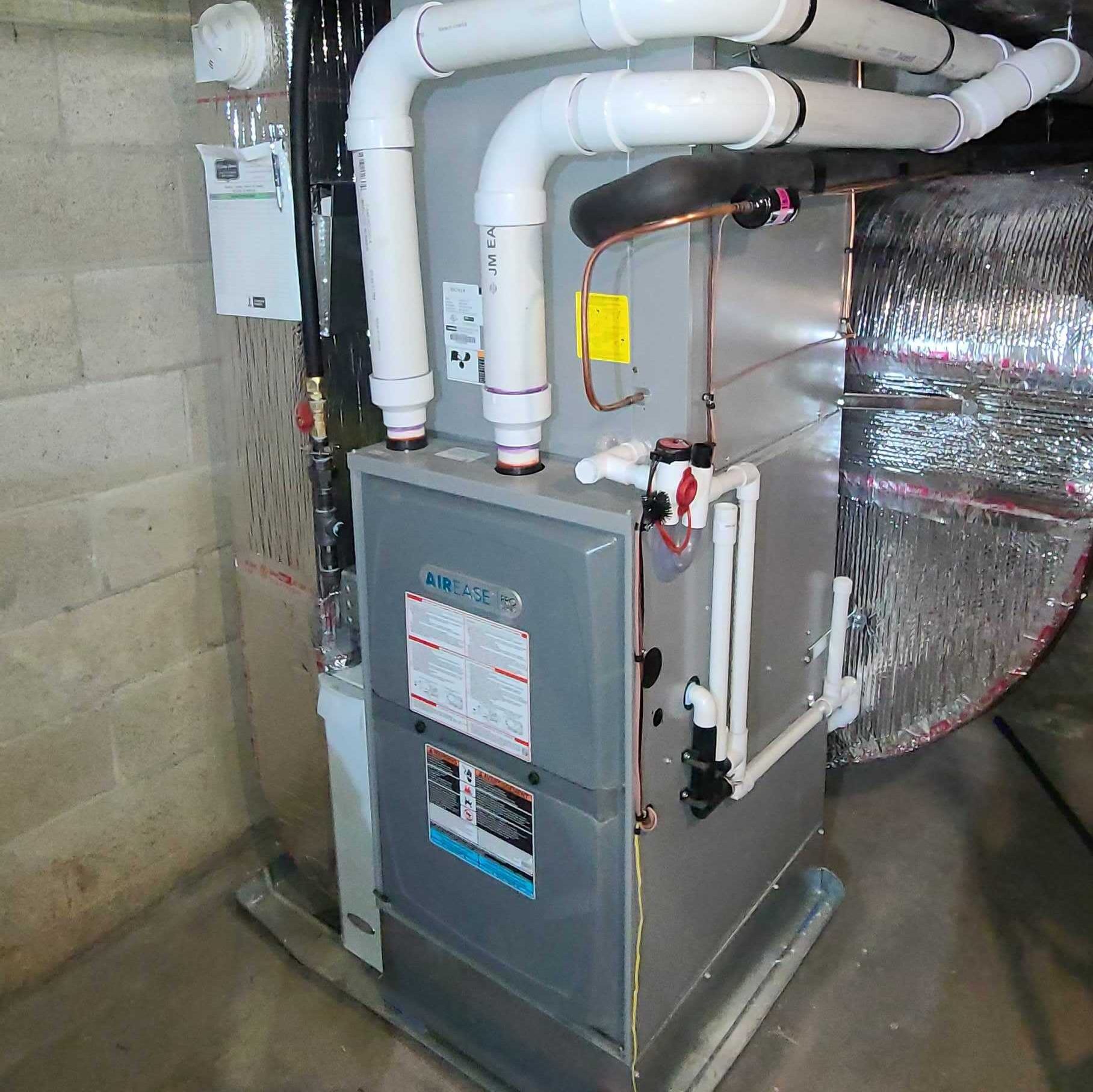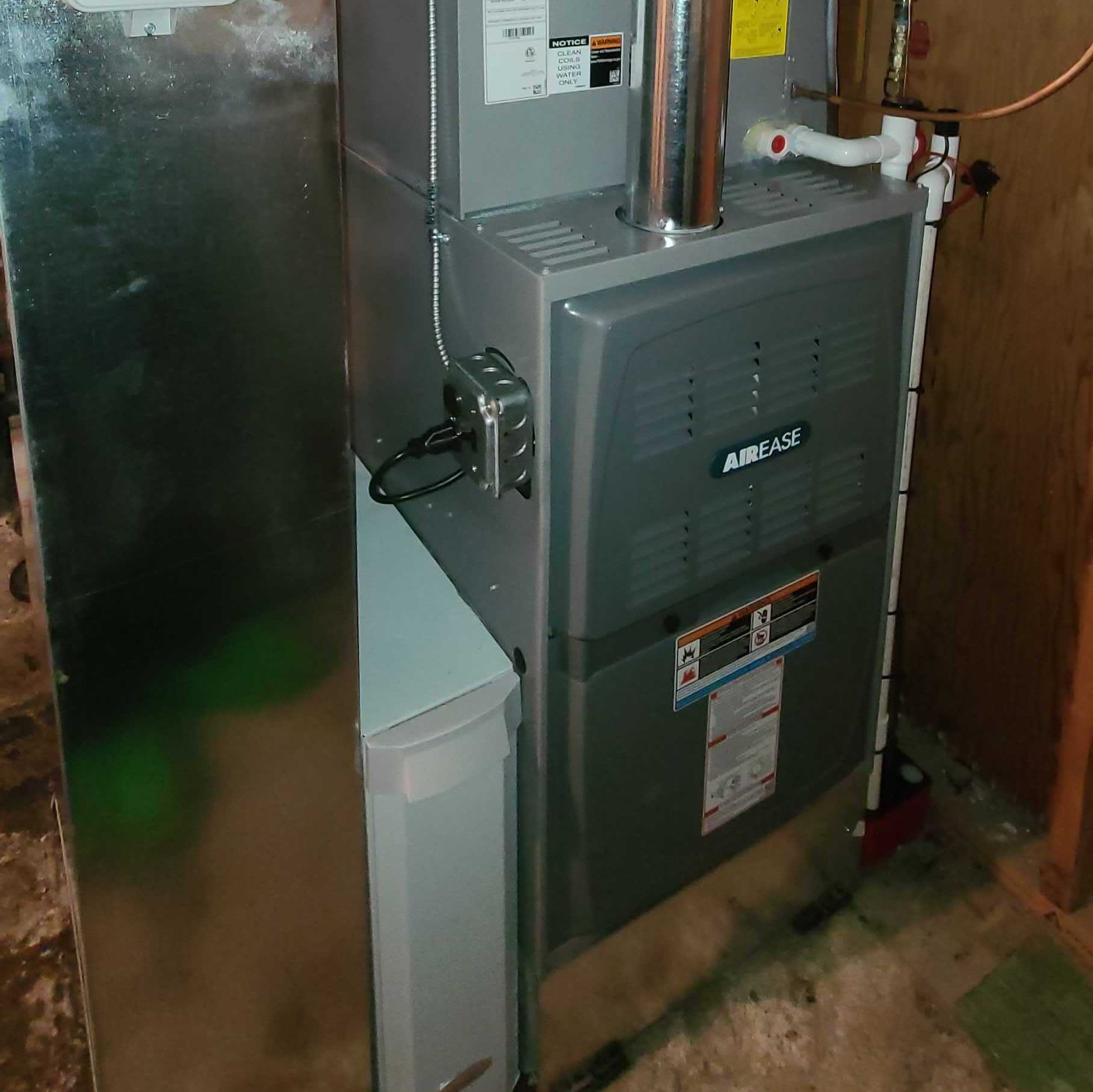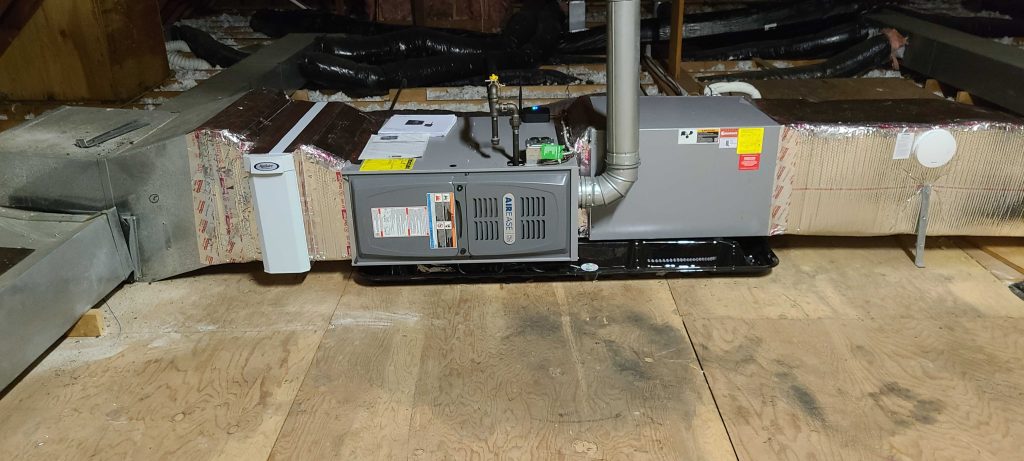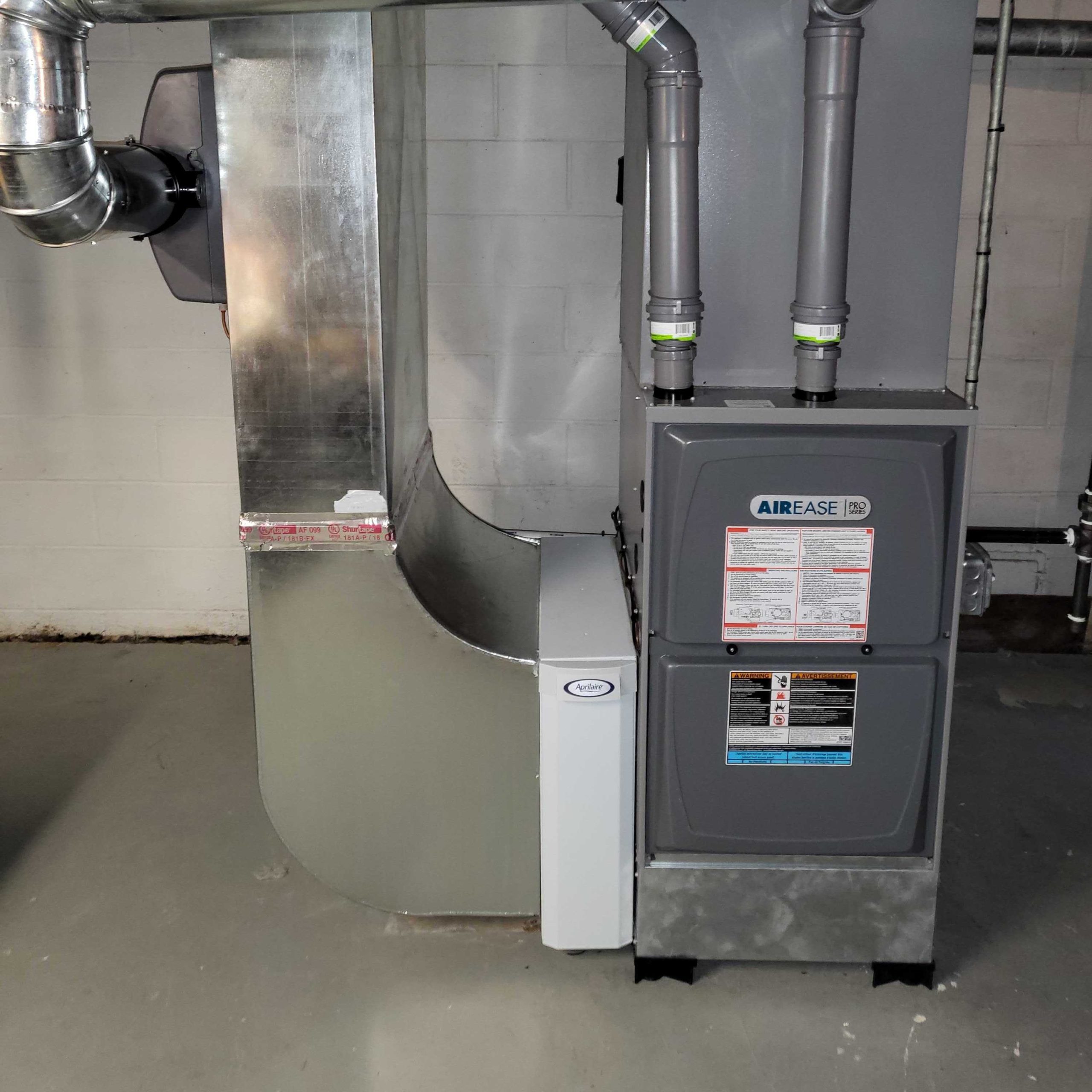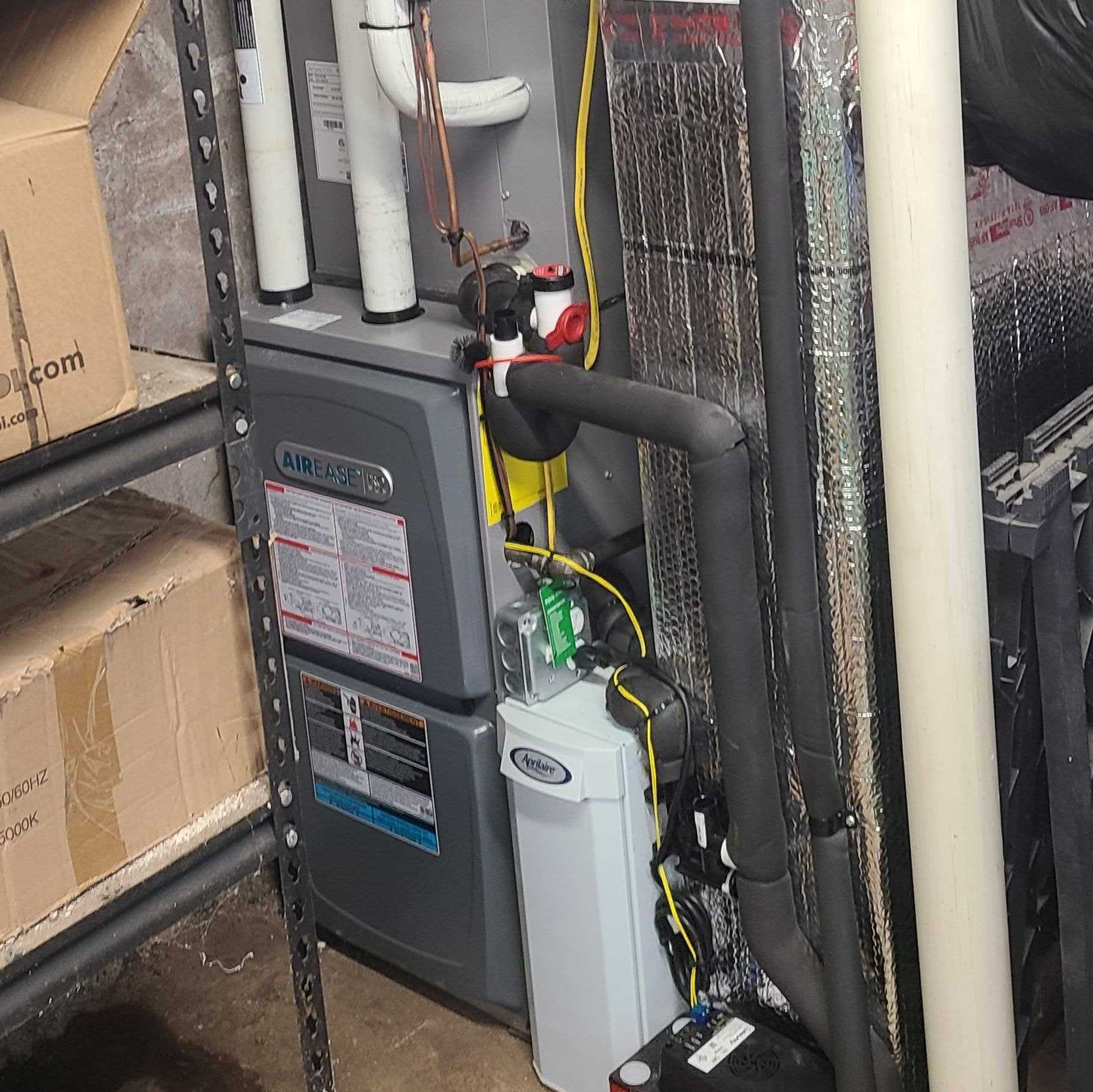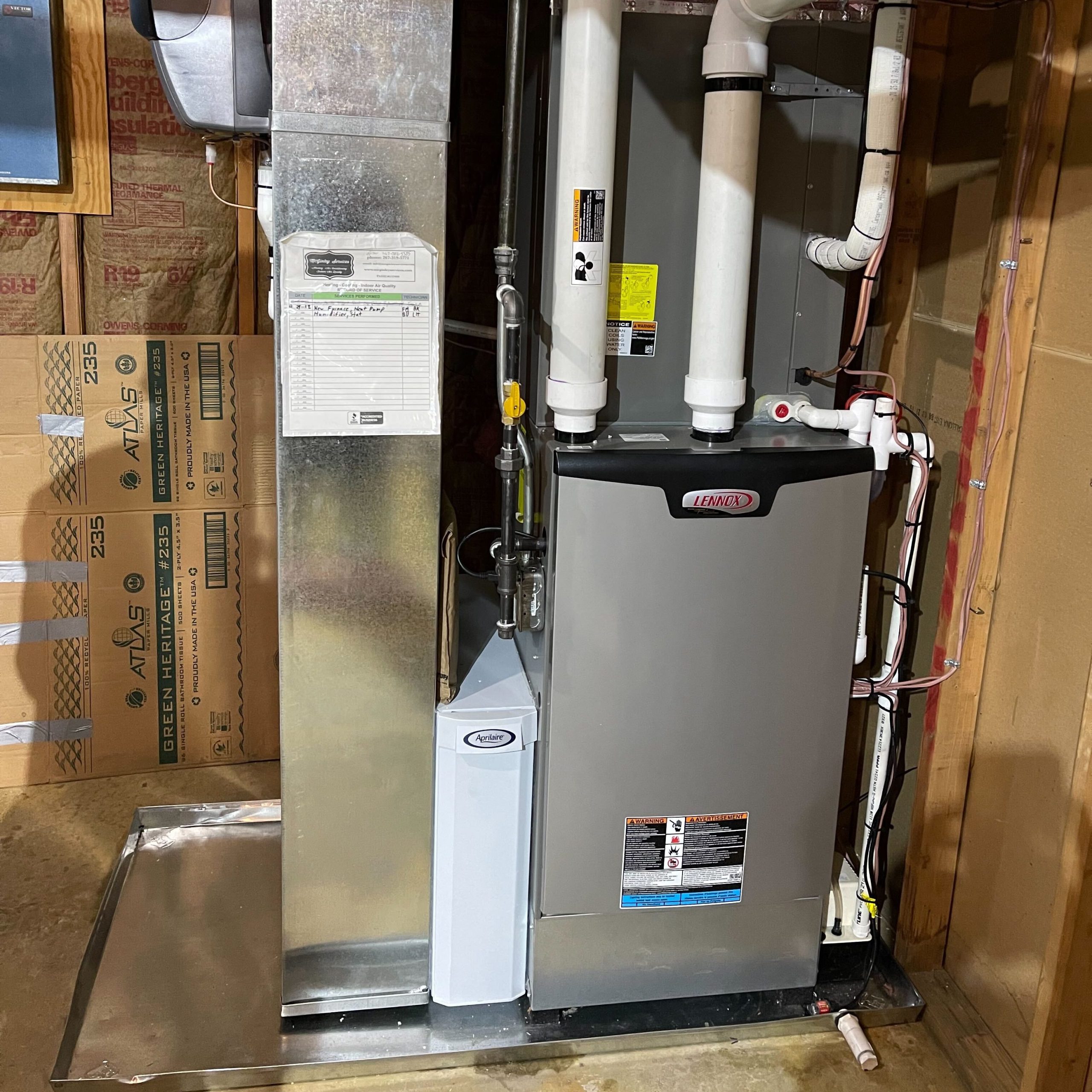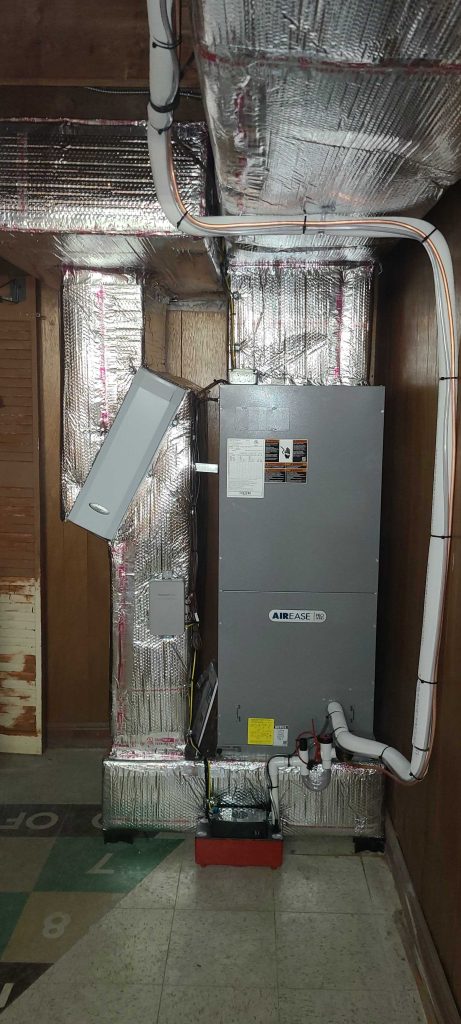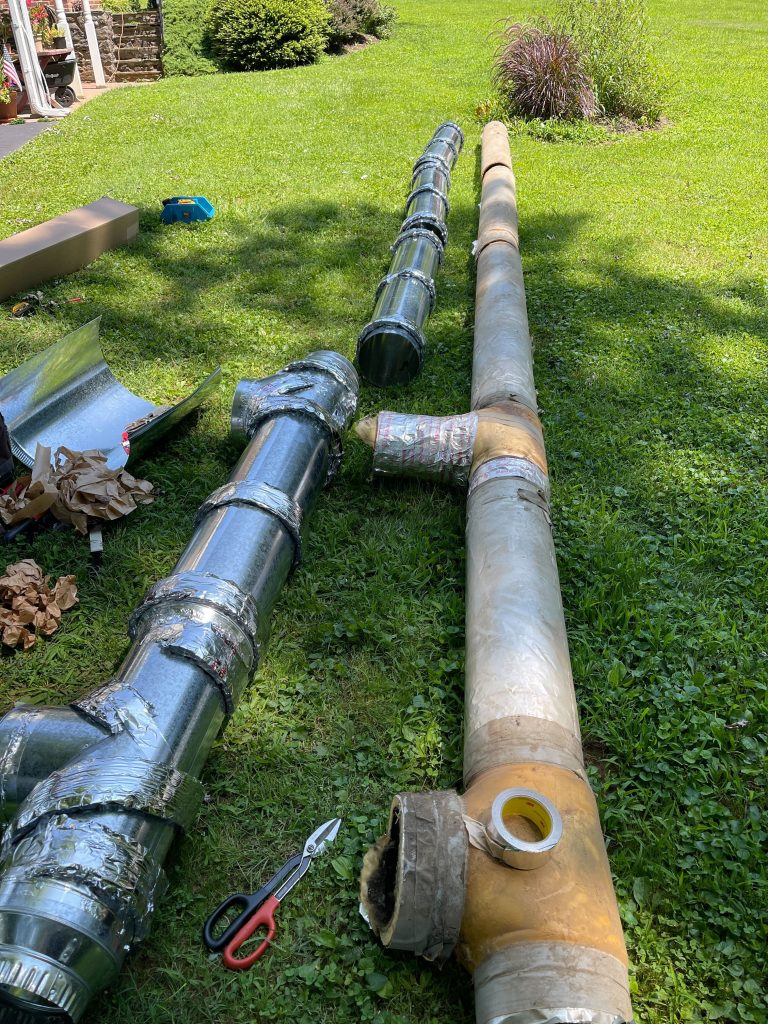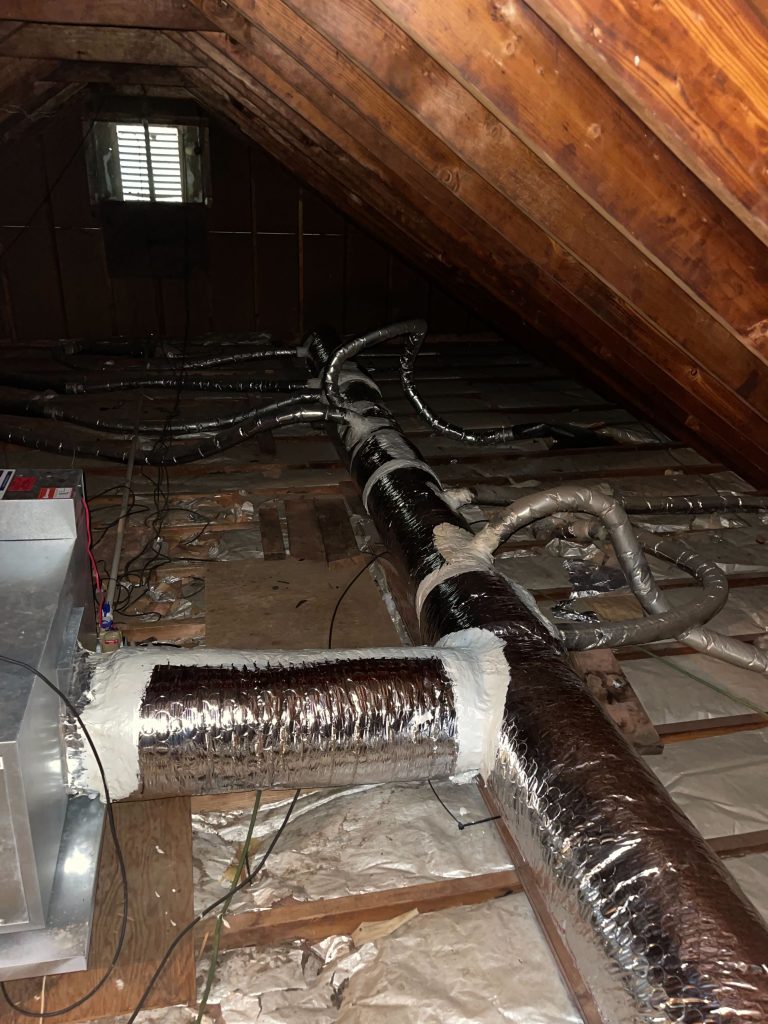An Expert Insight from McGinley Services
In the pursuit of superior indoor air quality, homeowners are increasingly turning to advanced solutions like HVAC UV lights. McGinley Services, a leading HVAC expert in Prospect Park, PA, delves into the efficacy and value of integrating UV light technology into home HVAC systems. Here’s a comprehensive evaluation to help you decide whether HVAC UV lights are a worthwhile investment for your home.
The Role of HVAC UV Lights in Improving Indoor Air Quality
HVAC UV lights are not just an add-on to your heating, cooling, and ventilation system; they are a proactive measure against airborne pathogens. By emitting UV-C light, known for its germicidal properties, these lights target the DNA of microorganisms such as bacteria, viruses, and mold, effectively neutralizing them before they circulate through your living spaces. Considering that indoor air can be up to five times more polluted than outdoor air, the potential for HVAC UV lights to purify your home environment is significant.
The Science Behind the Solution
Germicidal UV lights have a long history of use in medical sterilization and water treatment facilities, proving their ability to kill or deactivate pathogens. When applied within HVAC systems, UV lights extend this protective barrier to your home, operating silently but effectively to maintain air quality. Research and case studies support the installation of UV lights in HVAC systems, with findings indicating substantial reductions in mold, bacteria, and even airborne viruses.
Evaluating the Benefits vs. Cost
1. Enhanced Air Quality: For families with asthma, allergies, or other respiratory conditions, the benefit of cleaner air is immeasurable. By reducing the load of airborne contaminants, HVAC UV lights can lead to healthier living environments and potentially fewer health-related issues over time.
2. Increased HVAC Efficiency: By keeping the coils and interior surfaces of your HVAC system clean from microbial growth, UV lights help maintain optimal performance, leading to energy savings and prolonged system life.
3. Cost Considerations: The initial setup includes the cost of the UV light system itself and professional installation. While there’s an upfront investment, the reduction in potential HVAC repairs, energy savings, and health benefits should be weighed in the long-term cost-benefit analysis.
Safety and Installation: A Professional’s Role
Safety in installation and use is paramount. McGinley Services emphasizes the importance of professional installation to ensure the UV lights are correctly placed and shielded, preventing any UV exposure to occupants. Moreover, experts can advise on the most suitable type of UV light system for your specific HVAC setup, ensuring you receive the full spectrum of benefits.
McGinley Services’ Verdict: Are HVAC UV Lights Worth the Investment?
Considering the comprehensive benefits of improved air quality, enhanced HVAC efficiency, and the peace of mind that comes from a healthier home environment, McGinley Services views HVAC UV lights as a worthwhile investment for many households. Particularly for those with health concerns related to air quality or homes in areas with higher pollutant levels, the addition of UV lights to your HVAC system can be a game-changer.
However, it’s crucial to approach this as an informed investment. The effectiveness of UV lights varies based on installation quality, system compatibility, and individual home needs. Consulting with HVAC professionals like McGinley Services ensures that your decision is based on a thorough understanding of how UV lights can benefit your specific situation.
Conclusion
HVAC UV lights present a compelling option for homeowners looking to elevate their indoor air quality and protect their family’s health. With the right system, professional installation, and ongoing maintenance, the benefits of installing UV lights in your HVAC system can far outweigh the initial costs. Contact McGinley Services to explore how UV lighting can integrate with your home’s HVAC system, bringing you closer to the ideal of a cleaner, healthier living space.
